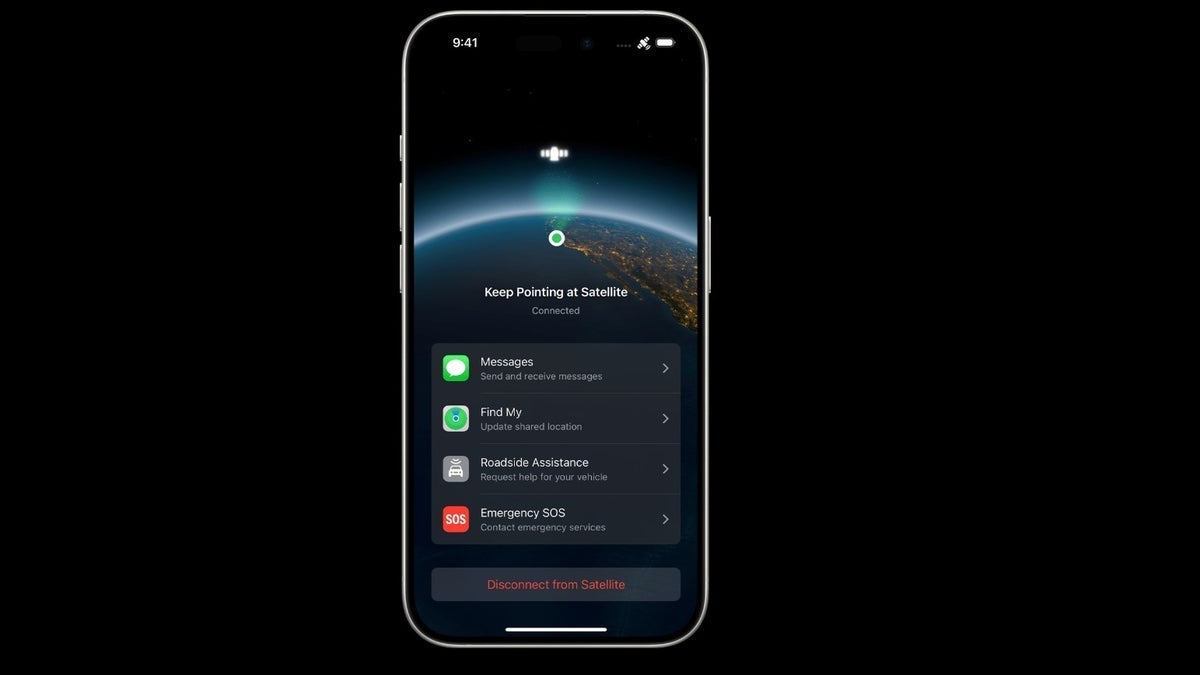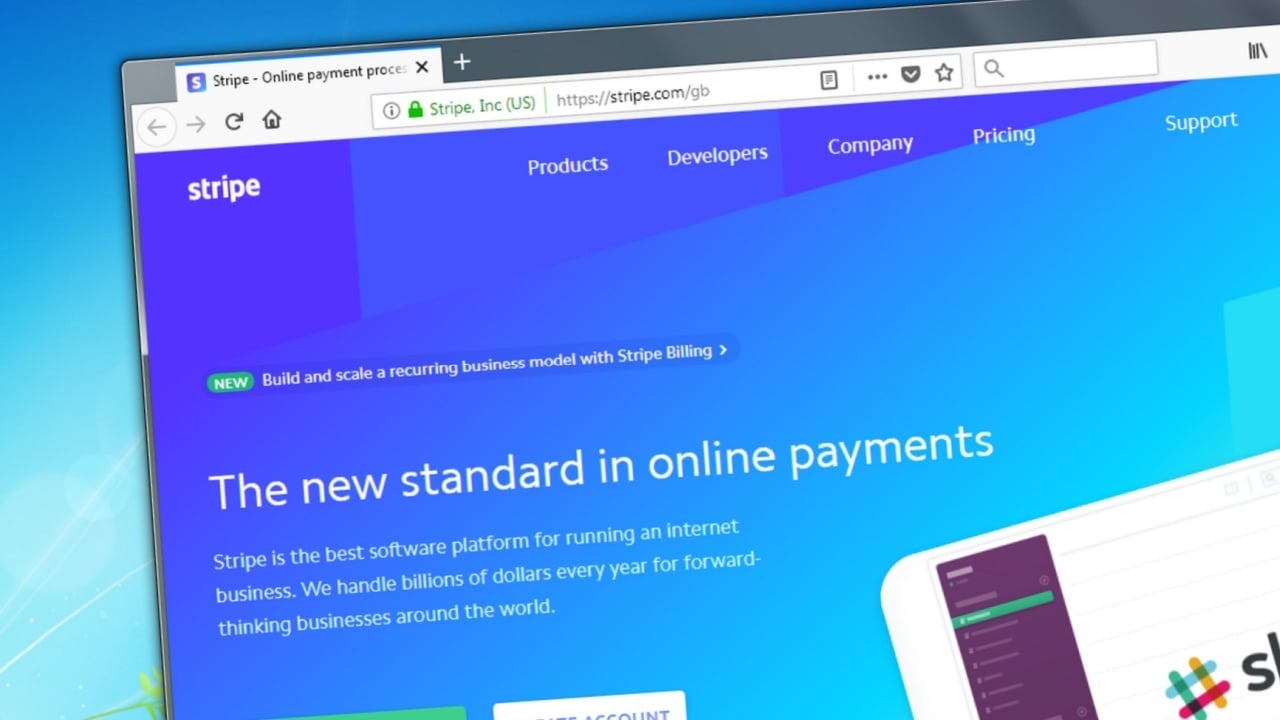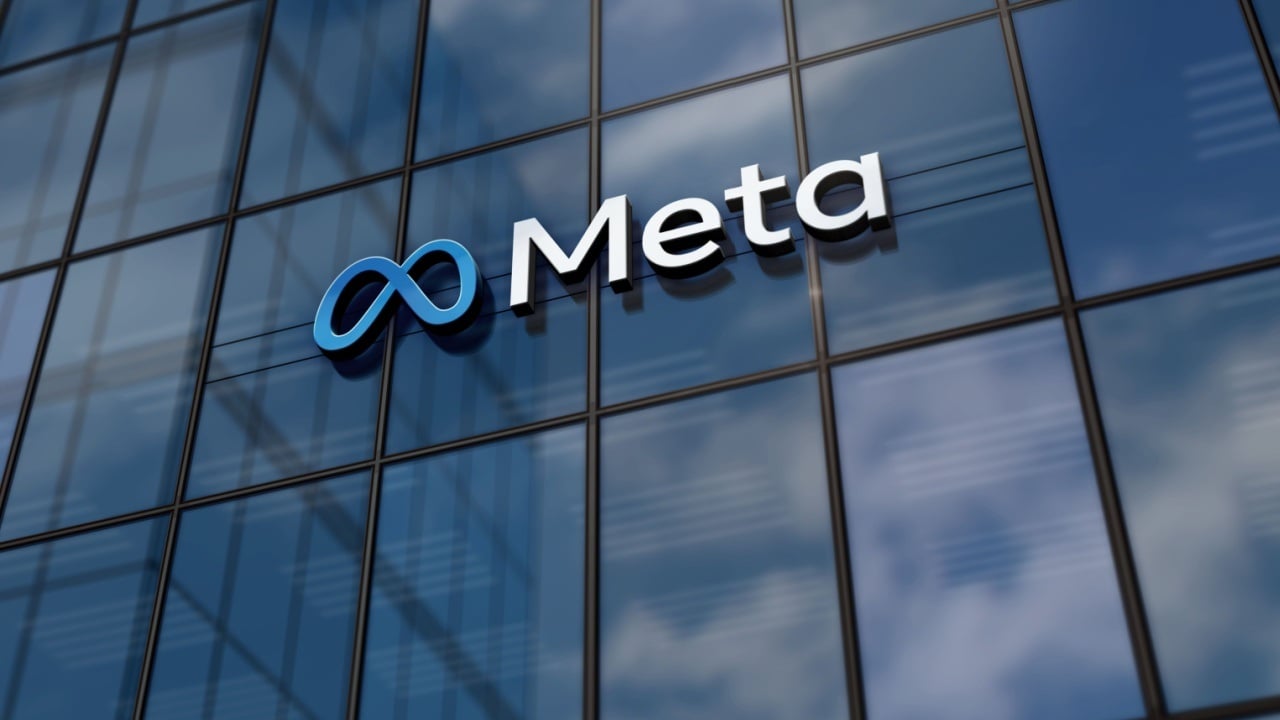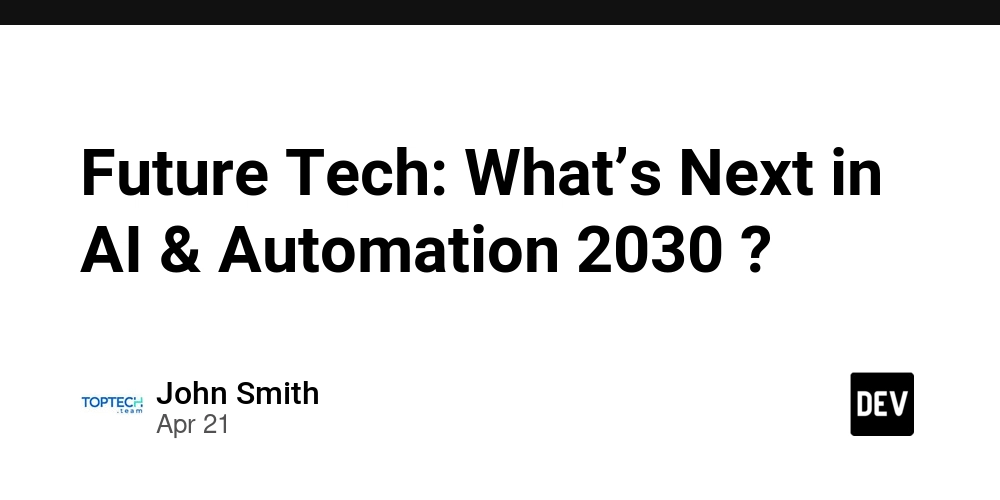Arbitrum Sequencer: Transforming Ethereum's Capabilities
Abstract In this post, we explore how the Arbitrum sequencer is revolutionizing Ethereum’s infrastructure through innovative Layer 2 scaling solutions. We provide an in‐depth review of its core concepts, critical features, practical applications, and emerging challenges. By blending technical insight with accessible language, we discuss the sequencer’s role in enhancing transaction efficiency, reducing fees, and ensuring security while addressing potential centralization risks. Alongside a detailed explanation, we integrate relevant resources—from Offchain Labs to discussions on blockchain interoperability and decentralized governance—to paint a holistic picture of the evolving Ethereum ecosystem. Additionally, insights from authoritative Dev.to posts help illustrate real-world implications and the future outlook of this transformative technology. Introduction Ethereum has long been at the forefront of decentralized platforms. However, its widespread adoption has led to increased congestion and higher transaction fees, challenging developers and users alike. Arbitrum steps in as a compelling Layer 2 solution that uses optimistic rollups to bundle transactions off-chain before committing them to Ethereum’s secure mainnet. At the heart of this technology lies the sequencer—a specialized component that orders transactions, optimizes throughput, and provides instant feedback to users. This post delves into the technical underpinnings of the Arbitrum sequencer, examines its benefits and limitations, and discusses how it is poised to transform Ethereum’s capabilities for decentralized applications (dApps). Background and Context Ethereum’s Scalability Issues Ethereum’s decentralization and security come at a cost. As network congestion increases, transaction fees (gas fees) may soar, and processing times can delay smart contract execution. Traditional solutions have struggled to resolve this bottleneck, prompting the need for a Layer 2 scaling approach. The Rise of Optimistic Rollups Optimistic rollups are a form of off-chain scaling that groups multiple transactions and submits them as a single batch to Ethereum. This methodology reduces the computational load on Ethereum and drastically cuts transaction fees. Arbitrum is one of the leading projects that has adopted this approach, innovatively using a sequencer to manage transaction ordering and confirmation. The Role of the Sequencer The Arbitrum sequencer is a critical component that: Orders Transactions: It arranges transactions deterministically to ensure fairness. Optimizes Throughput: By processing a high volume of off-chain transactions, it reduces latency. Provides Instant Feedback: Users see rapid confirmations, enhancing overall user experience. Understanding the sequencer’s function in this complex ecosystem is key to appreciating how Arbitrum balances performance with the robust security of Ethereum’s network. Core Concepts and Features Key Components of the Arbitrum Sequencer The Arbitrum sequencer comprises several interlocking parts: Transaction Ordering: Using pre-defined algorithms, the sequencer ensures that transactions occur in a clear and verifiable order. Optimistic Rollups: Bundling multiple operations into a single proof for the Ethereum mainnet is at the core of its scaling ability. Instant Feedback Mechanism: User experience is enhanced by providing near-real-time confirmations, making decentralized applications more responsive. Technical Features Below is a table summarizing the main features of the Arbitrum sequencer: Feature Description Benefit Transaction Ordering Arranges transactions in a deterministic fashion. Fairness and transparency. Optimistic Rollups Bundles transactions off-chain and commits them on-chain. Reduced fees and increased throughput. Instant Feedback Provides near-real-time transaction confirmations. Improved user experience. Security Integration Leverages Ethereum’s mainnet for final data availability and dispute resolution. Maintains network security. Scalability Support Supports high transaction volume while minimizing latency. Enhanced dApp performance. Connections to the Broader Ecosystem The sequencer’s functions are inherently linked with other crucial aspects of the blockchain ecosystem. For example, blockchain interoperability ensures that solutions like Arbitrum can seamlessly integrate with other chains. Similarly, the integration of decentralized governance principles can evolve to include community input for future upgrades. Moreover, smart contracts deployed on Arbitrum gain from the reduced transaction fees, making innovative dApps economically viable. Applications and Use Cases 1. Enhanced Decentralized Finance (DeFi) DeFi platforms can leverage the Arbitrum sequencer to process hundreds of transactions per second without inc
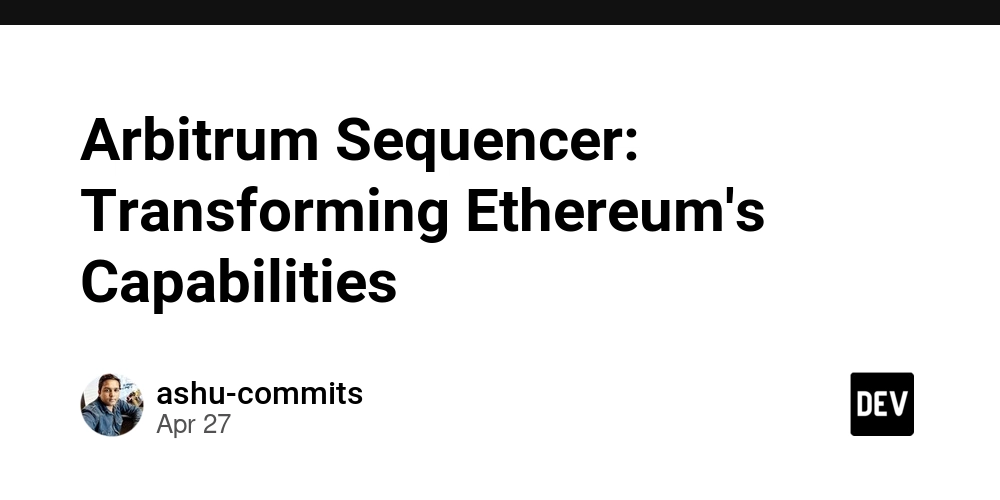
Abstract
In this post, we explore how the Arbitrum sequencer is revolutionizing Ethereum’s infrastructure through innovative Layer 2 scaling solutions. We provide an in‐depth review of its core concepts, critical features, practical applications, and emerging challenges. By blending technical insight with accessible language, we discuss the sequencer’s role in enhancing transaction efficiency, reducing fees, and ensuring security while addressing potential centralization risks. Alongside a detailed explanation, we integrate relevant resources—from Offchain Labs to discussions on blockchain interoperability and decentralized governance—to paint a holistic picture of the evolving Ethereum ecosystem. Additionally, insights from authoritative Dev.to posts help illustrate real-world implications and the future outlook of this transformative technology.
Introduction
Ethereum has long been at the forefront of decentralized platforms. However, its widespread adoption has led to increased congestion and higher transaction fees, challenging developers and users alike. Arbitrum steps in as a compelling Layer 2 solution that uses optimistic rollups to bundle transactions off-chain before committing them to Ethereum’s secure mainnet. At the heart of this technology lies the sequencer—a specialized component that orders transactions, optimizes throughput, and provides instant feedback to users.
This post delves into the technical underpinnings of the Arbitrum sequencer, examines its benefits and limitations, and discusses how it is poised to transform Ethereum’s capabilities for decentralized applications (dApps).
Background and Context
Ethereum’s Scalability Issues
Ethereum’s decentralization and security come at a cost. As network congestion increases, transaction fees (gas fees) may soar, and processing times can delay smart contract execution. Traditional solutions have struggled to resolve this bottleneck, prompting the need for a Layer 2 scaling approach.
The Rise of Optimistic Rollups
Optimistic rollups are a form of off-chain scaling that groups multiple transactions and submits them as a single batch to Ethereum. This methodology reduces the computational load on Ethereum and drastically cuts transaction fees. Arbitrum is one of the leading projects that has adopted this approach, innovatively using a sequencer to manage transaction ordering and confirmation.
The Role of the Sequencer
The Arbitrum sequencer is a critical component that:
- Orders Transactions: It arranges transactions deterministically to ensure fairness.
- Optimizes Throughput: By processing a high volume of off-chain transactions, it reduces latency.
- Provides Instant Feedback: Users see rapid confirmations, enhancing overall user experience.
Understanding the sequencer’s function in this complex ecosystem is key to appreciating how Arbitrum balances performance with the robust security of Ethereum’s network.
Core Concepts and Features
Key Components of the Arbitrum Sequencer
The Arbitrum sequencer comprises several interlocking parts:
- Transaction Ordering: Using pre-defined algorithms, the sequencer ensures that transactions occur in a clear and verifiable order.
- Optimistic Rollups: Bundling multiple operations into a single proof for the Ethereum mainnet is at the core of its scaling ability.
- Instant Feedback Mechanism: User experience is enhanced by providing near-real-time confirmations, making decentralized applications more responsive.
Technical Features
Below is a table summarizing the main features of the Arbitrum sequencer:
| Feature | Description | Benefit |
|---|---|---|
| Transaction Ordering | Arranges transactions in a deterministic fashion. | Fairness and transparency. |
| Optimistic Rollups | Bundles transactions off-chain and commits them on-chain. | Reduced fees and increased throughput. |
| Instant Feedback | Provides near-real-time transaction confirmations. | Improved user experience. |
| Security Integration | Leverages Ethereum’s mainnet for final data availability and dispute resolution. | Maintains network security. |
| Scalability Support | Supports high transaction volume while minimizing latency. | Enhanced dApp performance. |
Connections to the Broader Ecosystem
The sequencer’s functions are inherently linked with other crucial aspects of the blockchain ecosystem. For example, blockchain interoperability ensures that solutions like Arbitrum can seamlessly integrate with other chains. Similarly, the integration of decentralized governance principles can evolve to include community input for future upgrades. Moreover, smart contracts deployed on Arbitrum gain from the reduced transaction fees, making innovative dApps economically viable.
Applications and Use Cases
1. Enhanced Decentralized Finance (DeFi)
DeFi platforms can leverage the Arbitrum sequencer to process hundreds of transactions per second without incurring high fees. This boost in efficiency creates opportunities for rapid trading, staking, and yield farming.
Example: A DeFi protocol can batch multiple lending and borrowing transactions, reducing latency and cost for users.
2. NFT Marketplaces
Non-Fungible Token (NFT) ecosystems are highly sensitive to transaction fees and speed. The sequencer’s efficiency benefits NFT creators and collectors by ensuring swift minting, transfer, and trading of digital art.
Example: Projects like those discussed in Arbitrum Transforming NFT Marketplaces illustrate how low fees and high throughput create a better marketplace environment for NFT trading.
3. Enterprise Blockchains and Supply Chain Management
Enterprises transitioning to blockchain solutions can use Arbitrum’s scalable infrastructure to manage complex supply chains, ensuring transparency and reduced reconciliation times.
Example: A multinational supply chain dApp can provide real-time tracking and verification of goods, drastically cutting delays and fraud.
Bullet List of Key Use Cases
- Decentralized Finance: Efficient transaction batching, faster DeFi transactions.
- NFT Marketplaces: Reduced minting and trading fees, rapid trade execution.
- Enterprise Solutions: Streamlined supply chain tracking, enhanced transparency.
- Gaming and Metaverse Applications: Smooth in-game transactions allowing real-time asset transfers.
Challenges and Limitations
Centralization Concerns
While the sequencer optimizes performance, critics point out potential centralization risks. If a single operator controls the sequencer, it could lead to undue influence and security vulnerabilities. Measures such as strict community oversight and decentralized governance protocols are necessary to mitigate these concerns.
Latency and Mainnet Dependencies
The connection to the Ethereum mainnet for final data reconciliation might introduce occasional delays, particularly during peak network usage. Although optimistic rollups help minimize these delays, ensuring flawless integration remains an ongoing challenge.
Cross-Chain Interoperability
Achieving seamless interoperability across different blockchain ecosystems is complex. Even though Arbitrum advances interoperability standards, further development is needed to make multi-chain transactions completely frictionless. Developers can refer to additional resources on blockchain scalability solutions for insights into overcoming these hurdles.
Security Considerations
Despite the robust security measures derived from Ethereum’s mainnet, the off-chain processes introduce additional layers of risk. Detailed audits of smart contracts and continuous monitoring are crucial for maintaining network integrity. For more on security, check resources like smart contracts on blockchain.
Future Outlook and Innovations
Broader Adoption and Integration Opportunities
As the DeFi and NFT ecosystems expand, so does the adoption of Layer 2 solutions. The Arbitrum sequencer is expected to see broader adoption, with more dApps migrating to its scalable network. Works like those by Ethereum illustrate the growing enthusiasm for such technologies.
Enhancing Decentralized Governance
Future iterations of Arbitrum could embrace more decentralized governance models. Community involvement and transparent decision-making will ensure that the sequencer evolves in line with the needs of its ecosystem—balancing performance with ethical considerations. For insights on governance, explore decentralized governance in open source.
Integration with Other Layer Solutions
New innovations may involve collaboration with other Layer 2 and even emerging Layer 3 solutions, paving the way for a more robust and interconnected blockchain infrastructure. This integration can lead to:
- Improved Cross-Chain Interoperability: Enhanced user experiences across multiple chains.
- Advanced Fraud Detection: Using AI-driven analytics to monitor and secure transactions in real time.
- Cost Reductions: Further decreases in transaction fees leading to wider adoption.
Future Trends Visualized
Below is a bullet list summarizing trends to watch:
- Increased Developer Adoption: More developers choosing Arbitrum for dApp creation.
- Enhanced Ecosystem Partnerships: Greater integration with enterprise solutions.
- Innovative Governance Models: Transition from centralized sequencers to community-governed setups.
- Security and Audit Improvements: Continuous enhancements in smart contract security and real-time fraud detection.
- Broader Multi-Chain Connectivity: Development of tools to ease cross-chain interoperability.
Expert Opinions and Community Insights
The future of blockchain scaling solutions is a topic of active discussion. According to articles such as Arbitrum and Data Availability: Paving the Way for a Scalable Blockchain Future, the community is optimistic yet cautious about challenges ahead. Additional thoughts on open-source dynamics can be found in Blockchain and Social Media: A New Era of Digital Communication, where experts emphasize balancing innovation and security.
Summary
The Arbitrum sequencer is poised to become a cornerstone in scaling Ethereum thanks to its innovative use of optimistic rollups and high-efficiency transaction ordering. By reducing gas fees, increasing transaction throughput, and enhancing user experiences, the sequencer addresses several critical challenges that plague the Ethereum network today.
While issues such as centralization and cross-chain interoperability remain, evolving decentralized governance and integration with other Layer 2 solutions demonstrate a promising future. With continued adoption from the DeFi, NFT, enterprise, and gaming sectors, Arbitrum's sequencer not only exemplifies current advancements but also sets the stage for a more scalable and secure blockchain ecosystem.
Key takeaways:
- Efficiency and Scalability: The sequencer dramatically reduces transaction fees and speeds up execution times.
- Security Integration: By anchoring on Ethereum’s mainnet, it safeguards decentralization and transparency.
- Future Innovations: Trends point toward increased interconnectivity, improved governance, and multi-chain support.
For those interested in more technical insights, you can read the original article on Arbitrum Sequencer: Transforming Ethereum's Capabilities. Additionally, the broader context is enriched by further details on blockchain interoperability and sustainable blockchain practices.
Conclusion
The future of the Ethereum ecosystem is inexorably linked to solutions like the Arbitrum sequencer. As blockchain technology evolves, addressing scalability issues without sacrificing security is vital. The sequencer’s innovative approach—combining off-chain transaction bundling with fast confirmation speeds—demonstrates how crucial such solutions are for the next generation of decentralized applications.
By integrating optimistic rollups and continuously refining its transaction management, Arbitrum not only boosts performance but also complements ongoing efforts to create more efficient, secure, and decentralized blockchain infrastructures. Whether in DeFi, NFTs, or enterprise-grade applications, the benefits of a robust sequencer are undeniable.
For further reading and context, explore resources such as Ethereum’s official site, Offchain Labs’ detailed documentation, and trending discussions on Dev.to like Arbitrum Transforming NFT Marketplaces.
Overall, while challenges remain, the continued evolution and community engagement surrounding the Arbitrum sequencer foster a promising future for Ethereum scalability. As the blockchain space matures, innovative solutions such as these will pave the way for a more efficient, secure, and interconnected decentralized world.
Happy scaling and may your transactions always be swift and secure!






























































































































































![[The AI Show Episode 143]: ChatGPT Revenue Surge, New AGI Timelines, Amazon’s AI Agent, Claude for Education, Model Context Protocol & LLMs Pass the Turing Test](https://www.marketingaiinstitute.com/hubfs/ep%20143%20cover.png)












































































































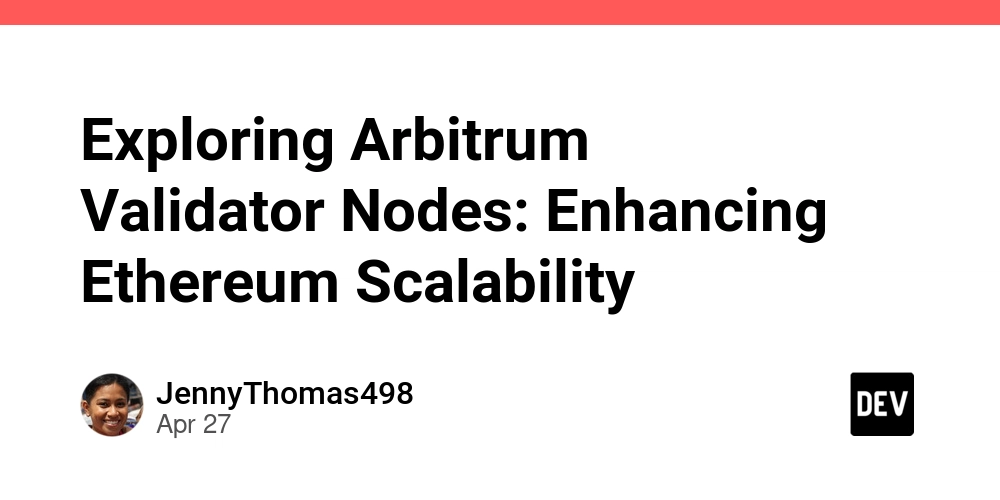

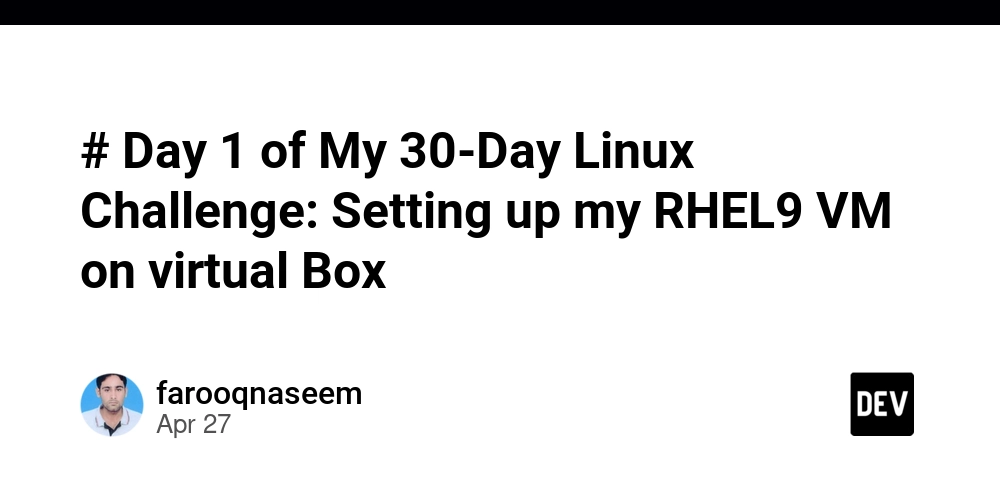
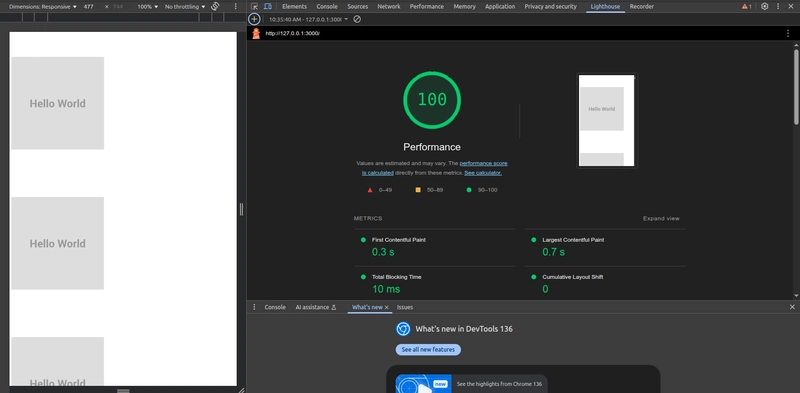











![[FREE EBOOKS] AI and Business Rule Engines for Excel Power Users, Machine Learning Hero & Four More Best Selling Titles](https://www.javacodegeeks.com/wp-content/uploads/2012/12/jcg-logo.jpg)














































































































































 CISO’s Core Focus.webp?#)

























































































![Hostinger Horizons lets you effortlessly turn ideas into web apps without coding [10% off]](https://i0.wp.com/9to5mac.com/wp-content/uploads/sites/6/2025/04/IMG_1551.png?resize=1200%2C628&quality=82&strip=all&ssl=1)




![This new Google TV streaming dongle looks just like a Chromecast [Gallery]](https://i0.wp.com/9to5google.com/wp-content/uploads/sites/4/2025/04/thomson-cast-150-google-tv-1.jpg?resize=1200%2C628&quality=82&strip=all&ssl=1)











![iPadOS 19 May Introduce Menu Bar, iOS 19 to Support External Displays [Rumor]](https://www.iclarified.com/images/news/97137/97137/97137-640.jpg)

![Apple Drops New Immersive Adventure Episode for Vision Pro: 'Hill Climb' [Video]](https://www.iclarified.com/images/news/97133/97133/97133-640.jpg)


















































